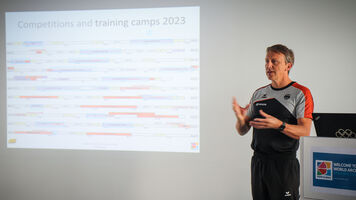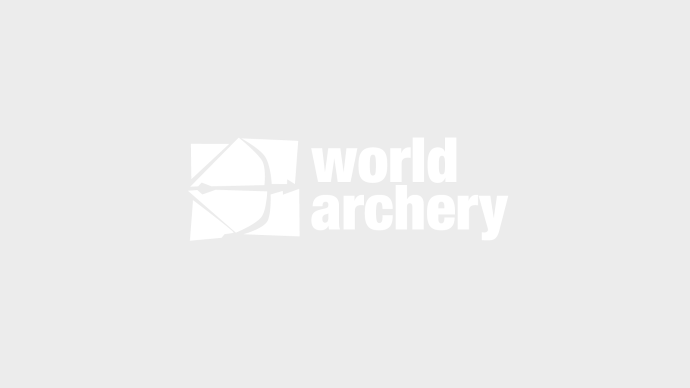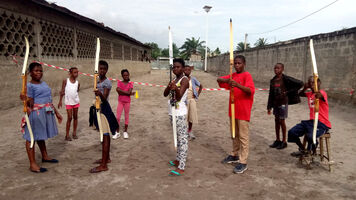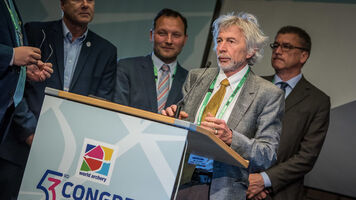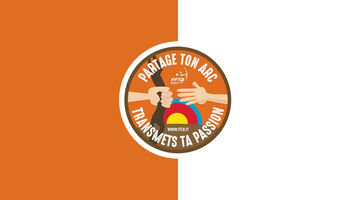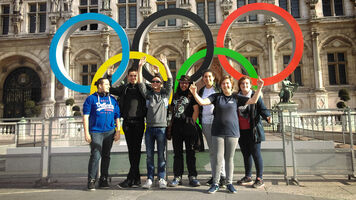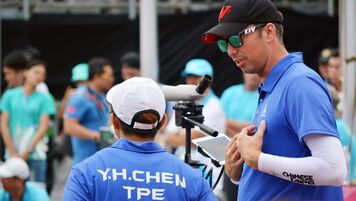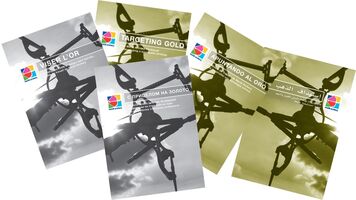L'arc PVC à 30$ qui fait grandir le sport sur le continent américain
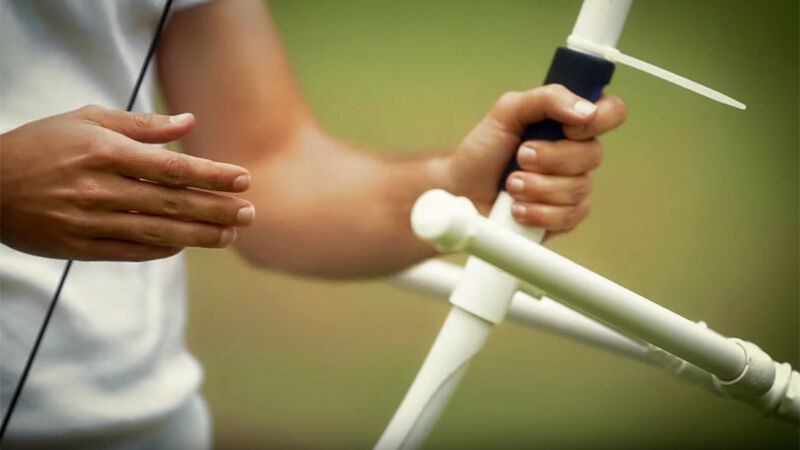
En 2009, l'ancien archer international Diego Torres a subi une blessure qui l'a empêché stoppé dans sa participation à des tournois nationaux et mondiaux. Malheureux de ne plus pouvoir tirer, et se rappelant d'un arc simple et léger fait de tuyaux en plastique qu'il avait vu une fois, Diego a décidé de créer son propre arc en PVC pour améliorer sa réhabilitation.
Son idée était un peu plus complexe, cependant. Diego voulait créer non seulement un arc, mais un arc avec lequel on aurait les mêmes sensations qu'avec un arc classique professionnel.
“En tant qu'archer, je voulais que l'arc donne une sensation la plus semblable possible,” a expliqué Diego, qui a conçu la gamme de tuyaux, y compris un ensemble complet de stabilisateurs.
“J'ai travaillé non-stop sur la conception jusqu'à ce que je sois à l'aise avec. Cela m'a fait du bien et m'a aidé, et j'ai commencé à réaliser qu'il y avait plus à faire avec le concept d'arc en PVC, plutôt que de simplement l'utiliser pour mes sessions de réhabilitation.”
Selon Diego, toute personne voulant s'essayer au tir à l'arc peut utiliser un arc PVC. De plus, c'est bon marché à construire, puisque chaque arc coûte moins de 30 USD.
In 2010, Diego talked to Colombian development coordinator Ivan Gomez about the idea. Together, they realised that they could use the PVC bow to spread archery into new regions in Colombia and further afield.
“This bow is a perfect tool for teaching archery, especially places with a lot of interest in the sport but on a limited budget,” said Diego.
“With quite a small amount of money you can make many bows, which is good as what we all want is people to try archery and get engaged with it.”
Diego and Ivan started their PVC bow project at home in Colombia and then, with some help from World Archery and the Olympic Solidarity programme, they expanded it across South America.
Their work was internationally introduced during the World Archery Coaching Seminar in Rio de Janeiro, Brazil in 2013. It then went to Guyana and Paraguay.
By Autumn 2015, Diego’s PVC bow design was being used in more than 10 regions of Colombia and different cities in Paraguay, Guyana and Bolivia.
Believing that the PVC bow has a positive influence on archers’ techniques – as people are trained from the very beginning with bows that feel like professional equipment – Diego and Ivan’s project was well received.
Bolivia might be the most successful example of its introduction, after the nation sent its first ever athlete to an international competition: The Copenhagen 2015 World Archery Championships, shortly followed by the Archery World Cup stage in Medellin, after just a few years of training. The international athletes started with PVC bows.
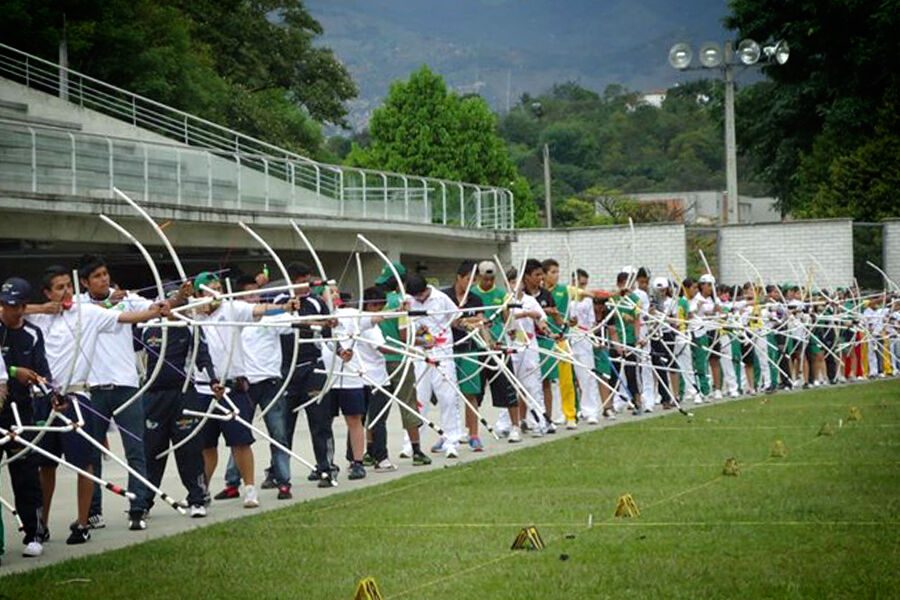
Making the kit, said Diego, sounds easy – but then Diego has a well-practised process.
“First, I calculate the quantity to know how much material is needed. Then I cut each of the pieces and ensemble them. And then, when that’s done, I will need to adjust the equipment to fit each archer, according to their height and strength,” he explained.
Despite the price, Diego is concerned the bows are made to a good standard. That’s why he asks people interested in its usage to contact him or partner Ivan, so they can pass on the expertise they’ve picked up since they began the project.
Once contacted, the pair send a list of requirements before travelling to explain the construction procedure in detail, explain how to take care of the bows and, of course, how to use it properly!
If the bow is continued to be used properly, they think that it will have an extremely-positive impact on the growth of archery. In Colombia alone, and in the four years since the PVC bow project was introduced, archery has gone from being practised in three regions to 12.
There’s even, now, PVC bow-only competitions!
For more details on the PVC bow project, contact Diego Torres and Ivan Gomez.



